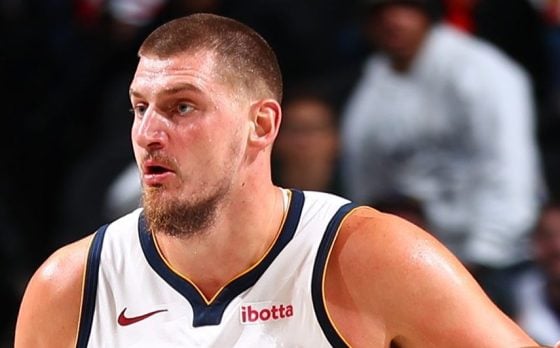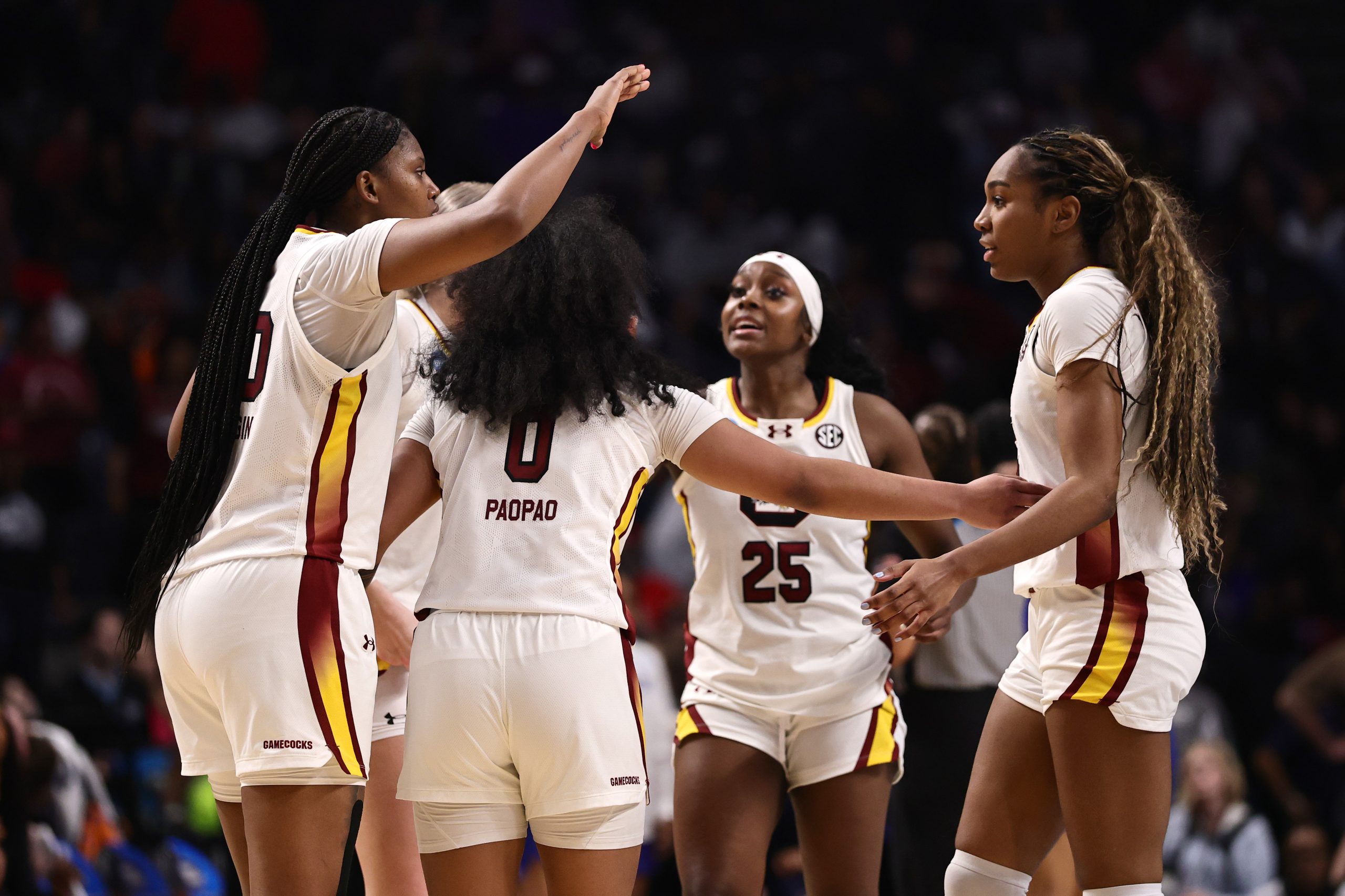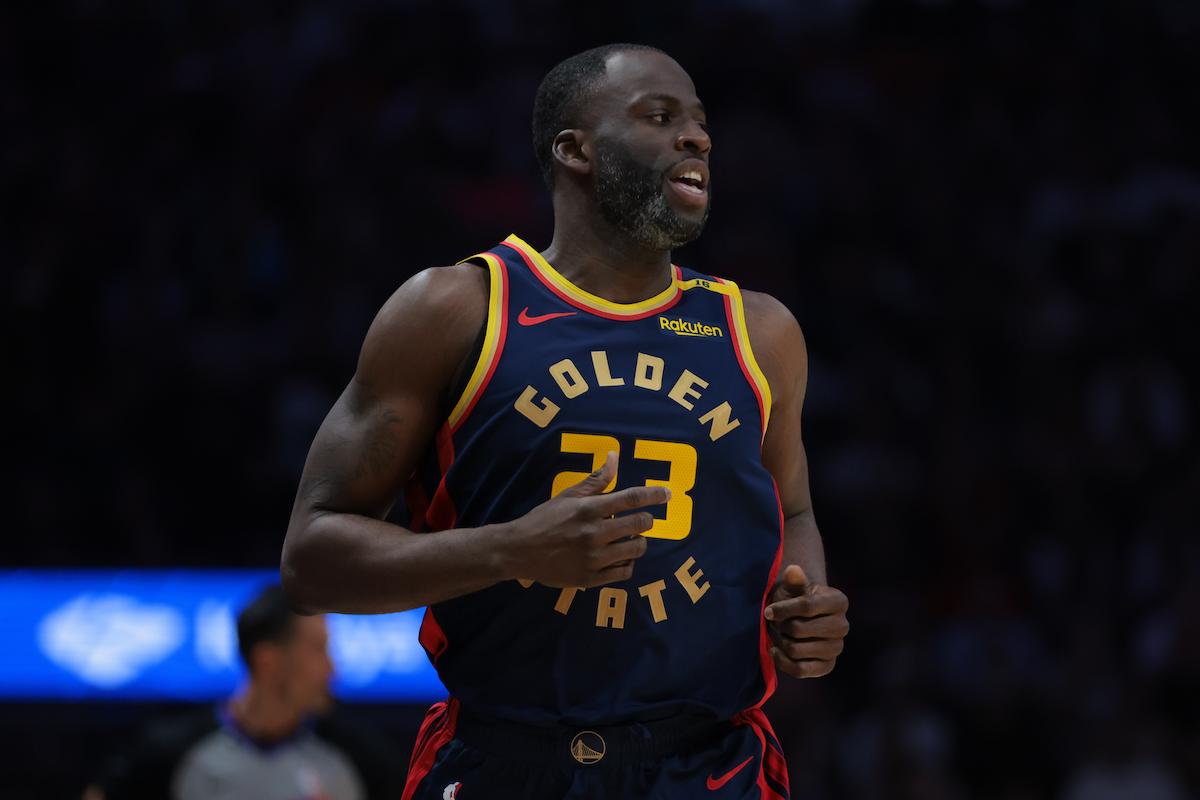The Celtics offense is showing signs of a resurgence.
There’s no such thing as an encouraging loss. If you lose, it’s because you didn’t execute the minutiae of your game plan, and when you fall flat with the little things, they quickly coalesce into one big problem. However, there can be encouraging signs, fleeting moments that show a team is on the right track, or stretches of consistency that portray a team knocking on the door of an identity waiting to be claimed.
On Monday night, against the Cleveland Cavaliers, the Celtics fell into the second category. For significant stretches of the game, they looked like an offensive team that resembled the team we saw to begin the season.
Recently, the Celtics’ have looked like an old-school college team, swinging the rock around the perimeter with little-to-no player movement. Sure, if you can take a step on the dribble, swing the rock, and find the open man, you will draw some praise for moving the ball. Yet, ball movement without cutting is like leaving your house without locking the front door: you might get away with it a few times, but eventually, you’ll receive a tough reminder of your continued mistake.
Against the Cavs, the Celtics showed a willingness to penetrate off the dribble, hit the paint, and then look for the right pass — a formula we became all too familiar with when the 2022-23 season was in its infancy. Since returning from the All-Star break, Boston’s offense has been incredibly perimeter-based, with wide pin-downs, stagger screens, and Spain pick-and-rolls making up the vast majority of their diet.
However, against the Cavaliers, the Celtics began to add variations back into their gameplan, little nuances that saw those perimeter actions begin to bear fruit on the interior, with Jaylen Brown, Derrick White, and Malcolm Brogdon being the main protagonists in this offensive renaissance.
It was just a month or so ago that we were all lauding Jayson Tatum’s development as a roll-man, only for Boston to move away from putting their All-Star forward in those actions.
However, as you can see above, Brown was tasked with filling that roller void against the Cavaliers. The possession started with a simple ball screen for Marcus Smart, but quickly saw Brown spin-off his screen and roll toward the paint, thus encouraging a high-low entry pass and more importantly, drawing four defenders into the paint.
Some good body control from Brown allows him to stop on a dime, scan the floor, and find Malcolm Brogdon — the NBA’s leading three-point shooter — left unchecked on the weakside slot, and the result was an easy three points.
The Celtics ended their contest against Cleveland, having registered 61 drives, which led to 22 paint touches, one of them being the above possession from Brogdon.
Some shifty dribbling skills and what you can assume is eye manipulation (watch how Cedi Osman shifts over toward the baseline without much shoulder movement from Brogdon) creates space for a slot drive into the paint. As you would expect, Jarrett Allen is forced to rotate over to protect the rim from Brogdon’s foray into Cleveland’s restricted area, creating space for Derrick White to receive a pass and flow into his shooting motion.
This type of possession puts your opponent in a tough spot. As you watch the clip above, pay attention to how both Donovan Mitchell and Caris LeVert look to pressure White, with the latter stunting/digging and the former leaving Payton Pritchard open in the strongside slot. As such, if White felt like the defense had done a good job in affecting his release or speeding up his shot, he had Pritchard lying in wait as an offensive release valve, one that has built a reputation for his ability to knock down open threes.
This final clip is another example of Boston looking to pressure the rim, hit the paint, and then read what the defense is giving them; this time, the result was a Blake Griffin layup. The difference in this possession is that rather than looking to kick out to shooters, Brown opted to engage Allen to create the space for Griffin to step into his scoring motion around the rim while essentially leaving the Cavs’ rim protection stranded and playing catchup on the action as it unfolded.
Unfortunately, as the game wore on and Cleveland made some runs, the Celtics returned to their creature comfort offensive style of isolation-heavy possession atop the perimeter, a plethora of screens without cuts, and limited dribble penetration. Yes, some old habits have crept in, and apparently, new ones have formed. Yet, for three quarters, the Celtics were doing what they do best: pressuring defenses, punishing gaps, and creating high-quality shots with a defense scrambling to find their match-ups.
“We should be fighting to win. And that’s what it should be,” Jaylen Brown said, “Whether you’re in a rhythm or not in a rhythm, what matters is winning games. And at this point in the season, I think that we are fighting to get in our own rhythms a little bit too much. And that’s from the top to the bottom. We should be fighting to win. We’ve had possessions that have been pivotal, and we haven’t executed.”
With one more game remaining before the Celtics head off on a six-game road trip, they will have another chance to continue rebuilding the foundations of their offense and can hopefully sustain their game plan for a full four quarters without straying too far from the path. Losing is never easy, but it is worth noting that the past two losses (to the New York Knicks and Cavaliers) have not been due to a lack of effort.
Now, the onus is on Joe Mazzulla and the coaching staff to diagnose the root of Boston’s late-game issues and implement a fix because to quote Tom Thibodeau, “winning is way more fun than fun is fun!”






